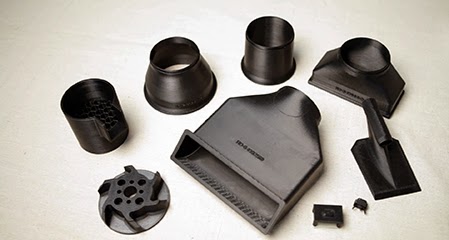The Impact of 3D Printing Across the Product Lifecycle
 What 3D printing has brought to the table has been nothing short of a game changer for product development. In the early phases of product development, the ability to create multiple versions of a basic product design with subtle but noticeable variations allows designers the ability to determine the product’s best fit and feel possible. Performing clinical trials in-house, and quickly streamlining the process of moving from concept to functional testing, helps ensure that deadlines for manufacturing can be met.
What 3D printing has brought to the table has been nothing short of a game changer for product development. In the early phases of product development, the ability to create multiple versions of a basic product design with subtle but noticeable variations allows designers the ability to determine the product’s best fit and feel possible. Performing clinical trials in-house, and quickly streamlining the process of moving from concept to functional testing, helps ensure that deadlines for manufacturing can be met. Possibly the most overlooked aspect of the importance of 3D printing is using a functional prototype to quickly present to focus groups. How valuable is it for a company to be able to obtain detailed feedback from customers before taking a product to the manufacturing phase? The more quickly a company can process and apply customer feedback to the manufacturing process, the faster they can get a product to market.
Possibly the most overlooked aspect of the importance of 3D printing is using a functional prototype to quickly present to focus groups. How valuable is it for a company to be able to obtain detailed feedback from customers before taking a product to the manufacturing phase? The more quickly a company can process and apply customer feedback to the manufacturing process, the faster they can get a product to market.
The ability to save time and maximize every dollar spent in product development are the primary drivers for incorporating 3D printing. The ability to produce tools in-house that help speed up and optimize the decisions to move a product to the next phase of design gives companies an edge against their competition, and helps them better meet the demands of their customers.To learn more about 3D printers, check out our site by clicking here.
Related Articles
Efficiency, Flexibility & the Factory of the Future with 3D Printing

 Blog
Blog